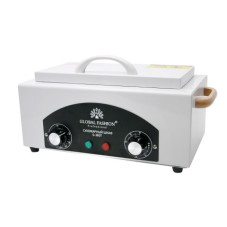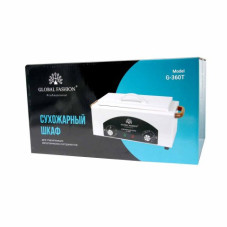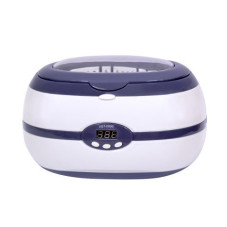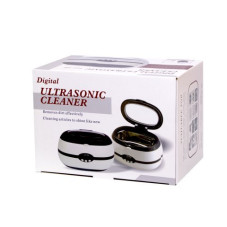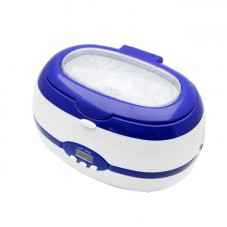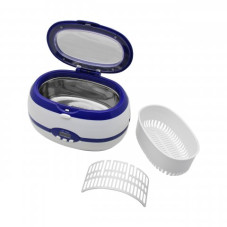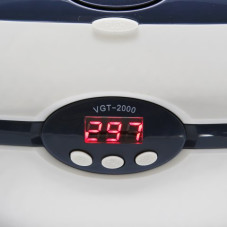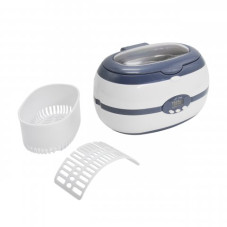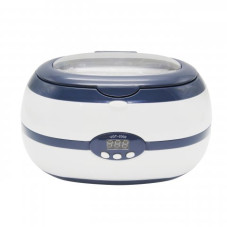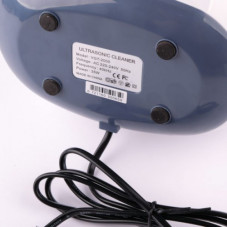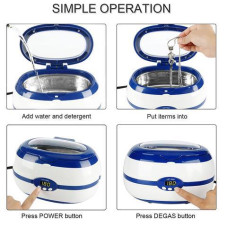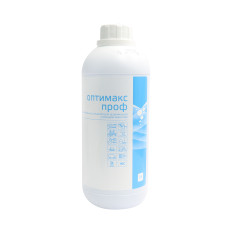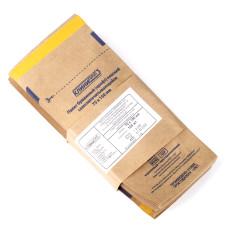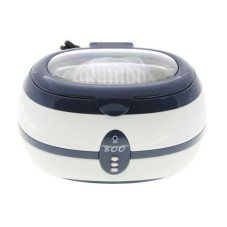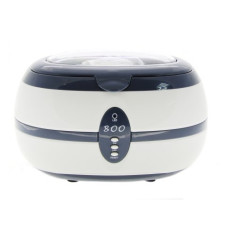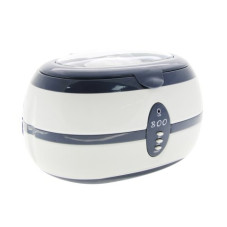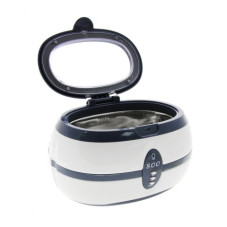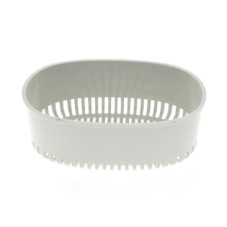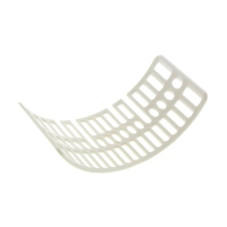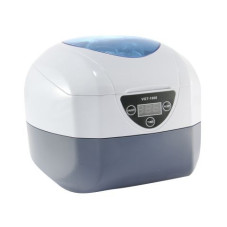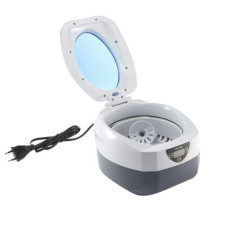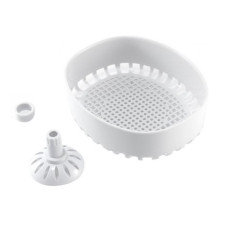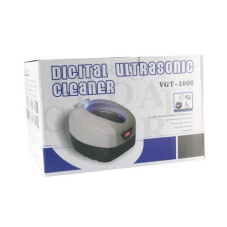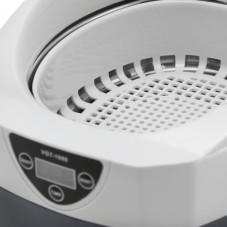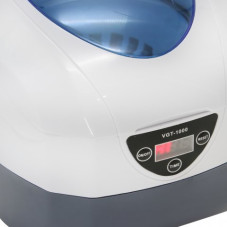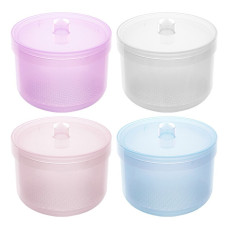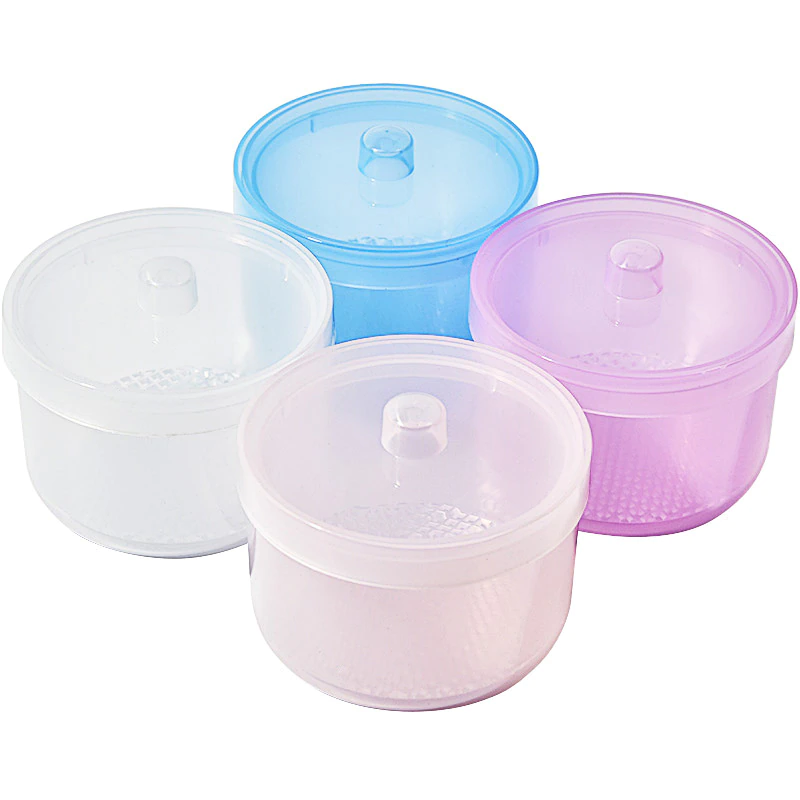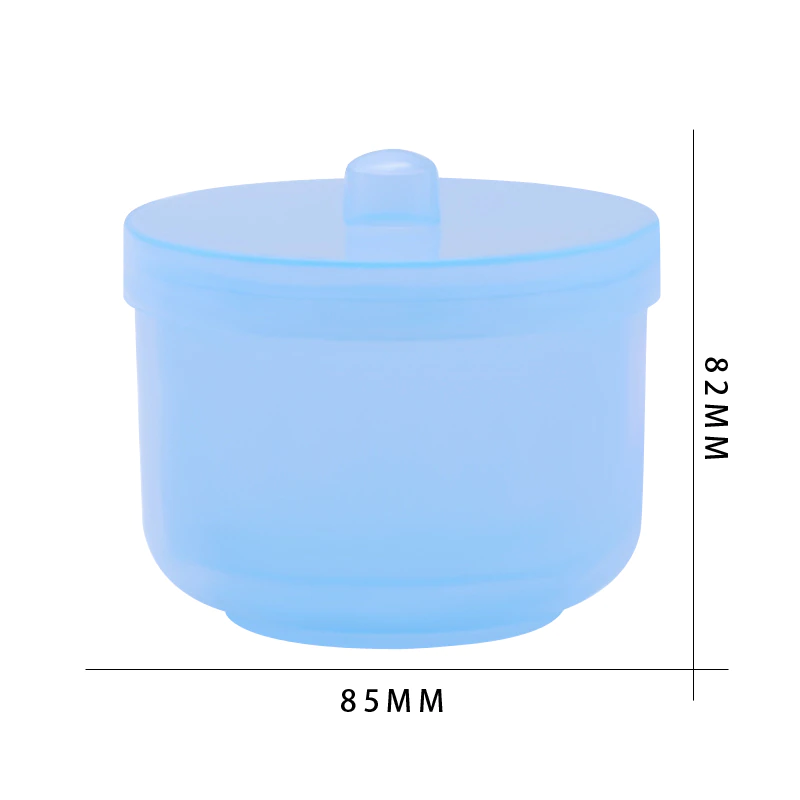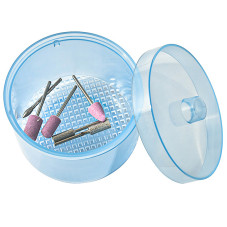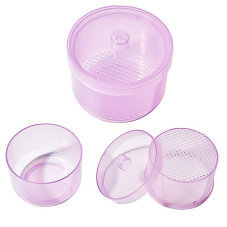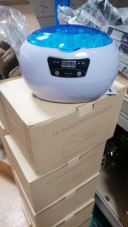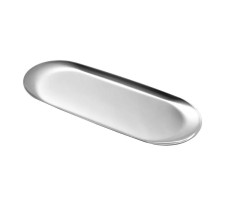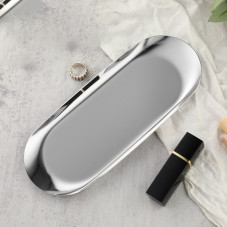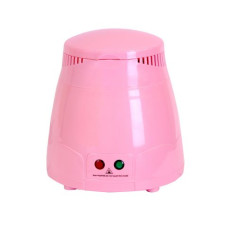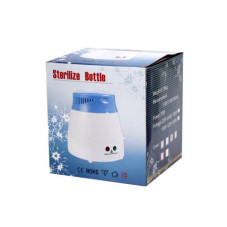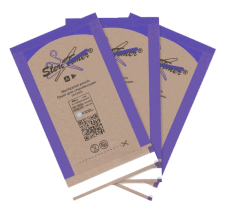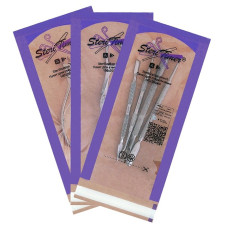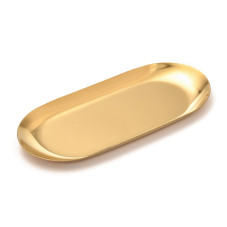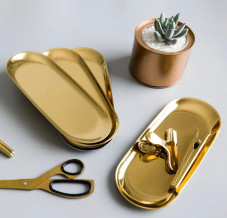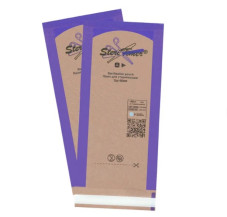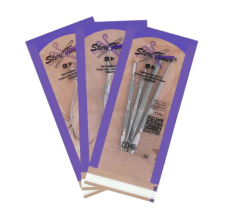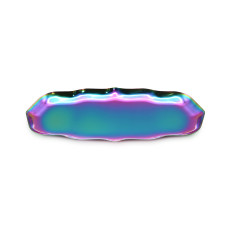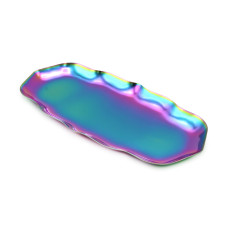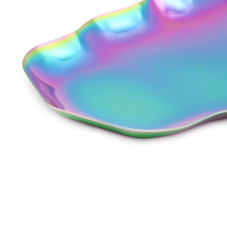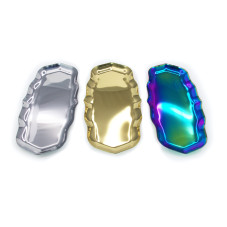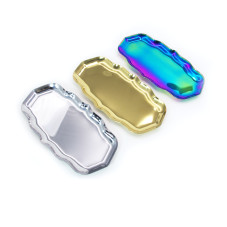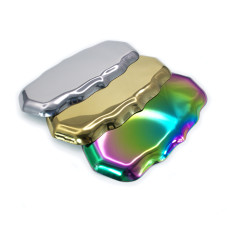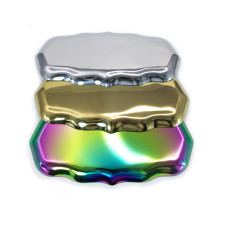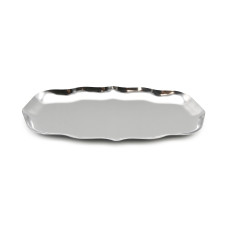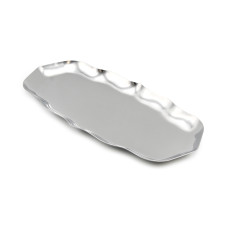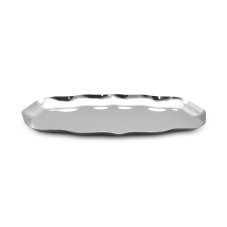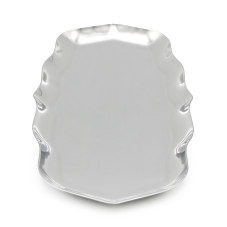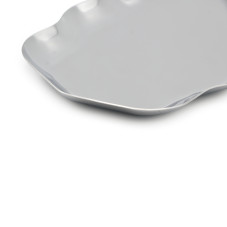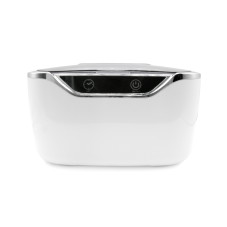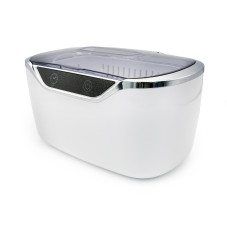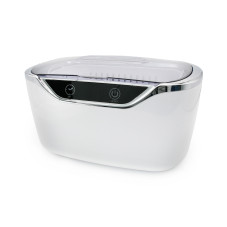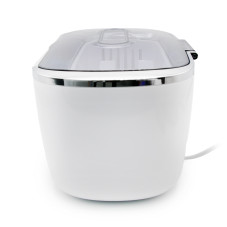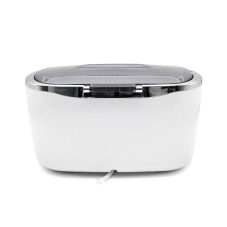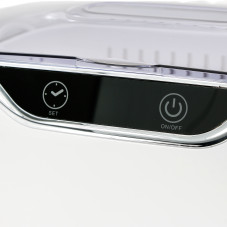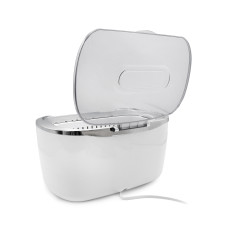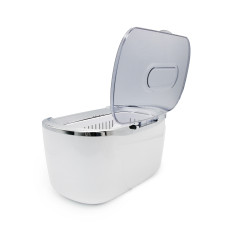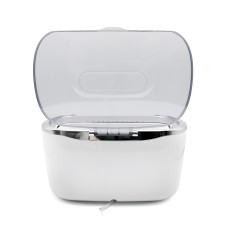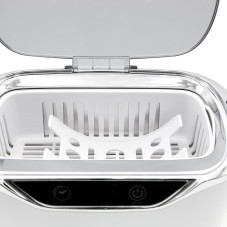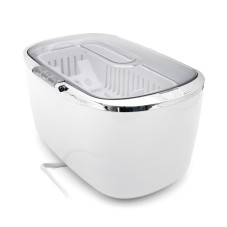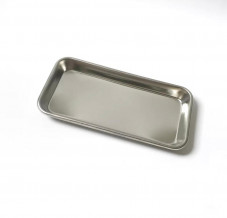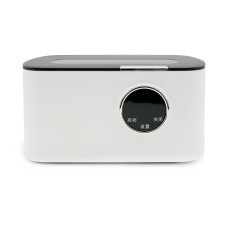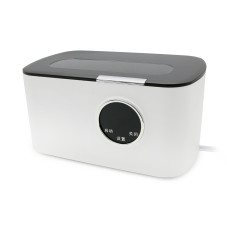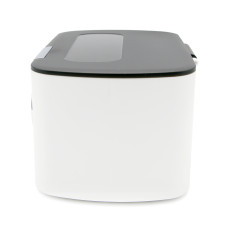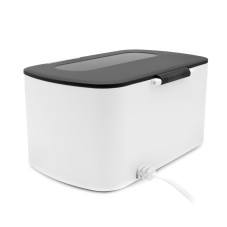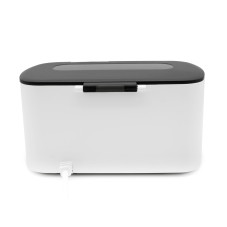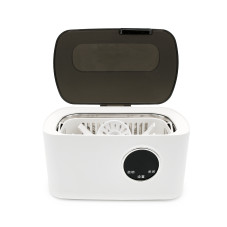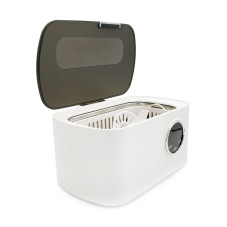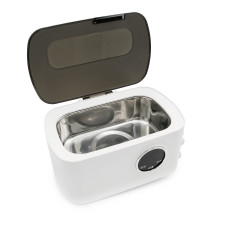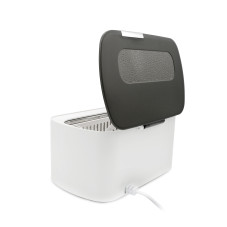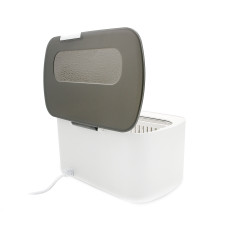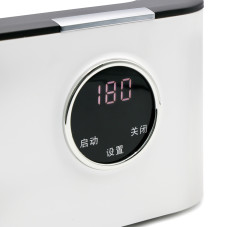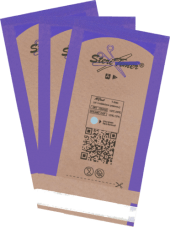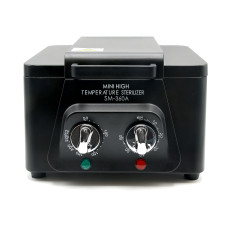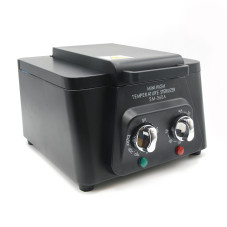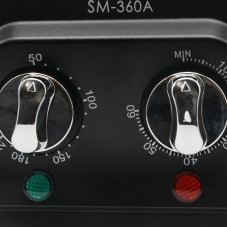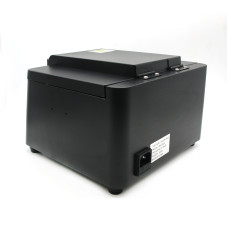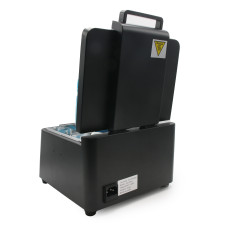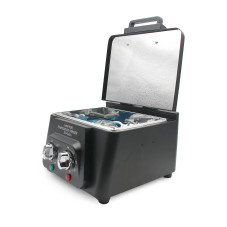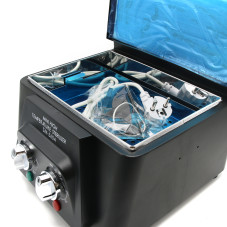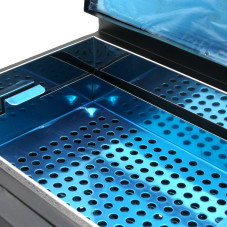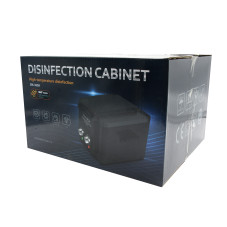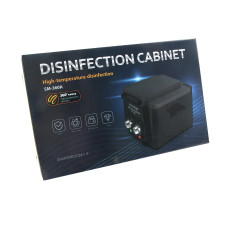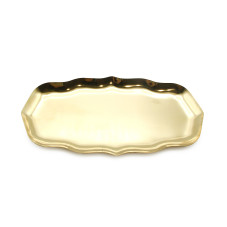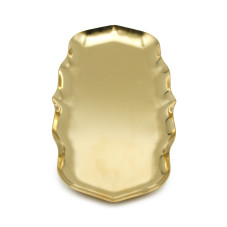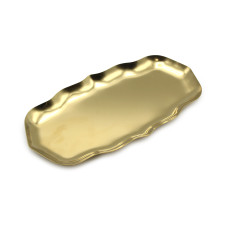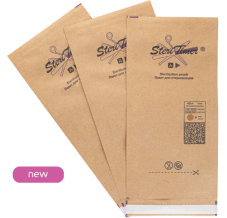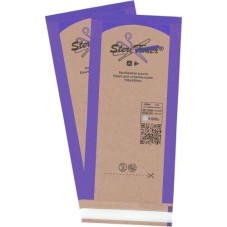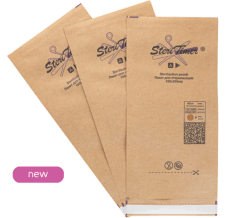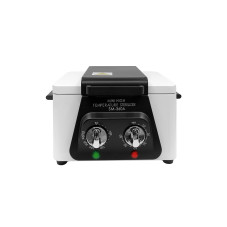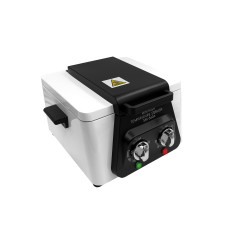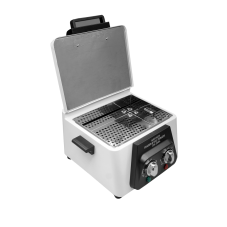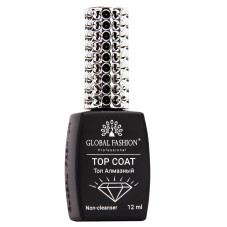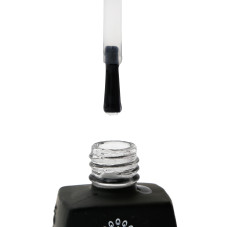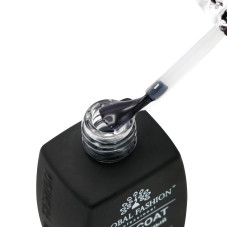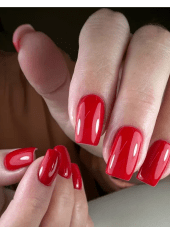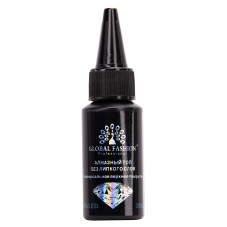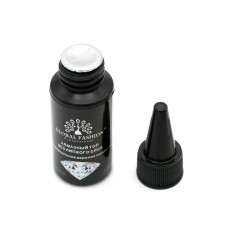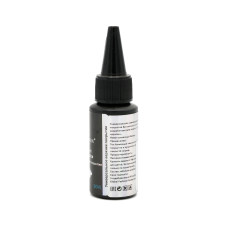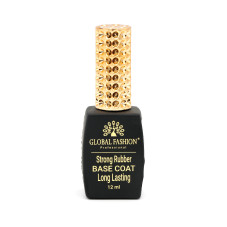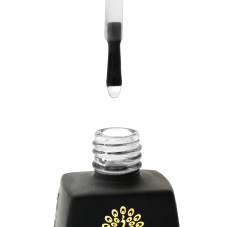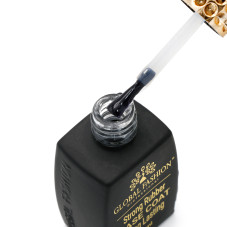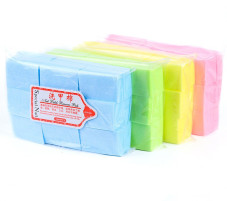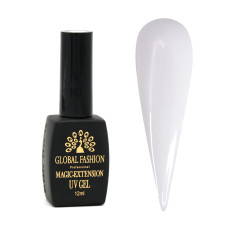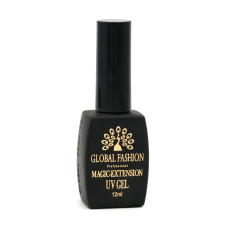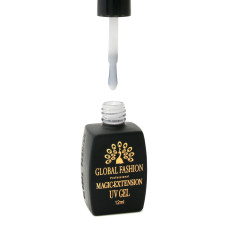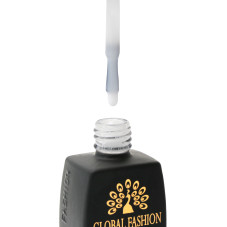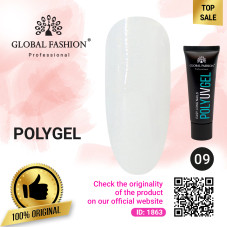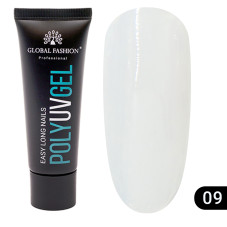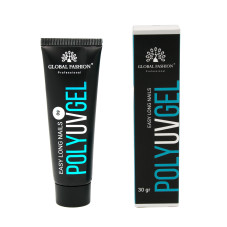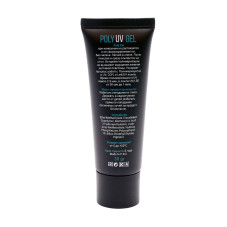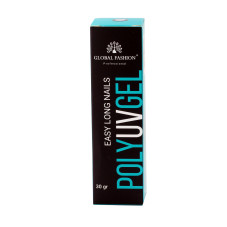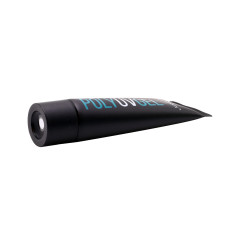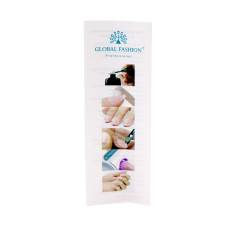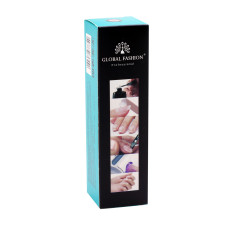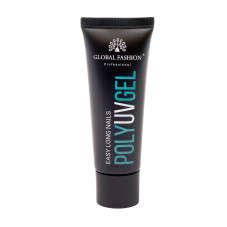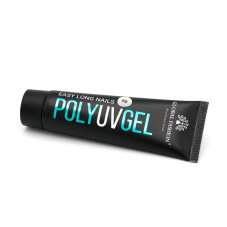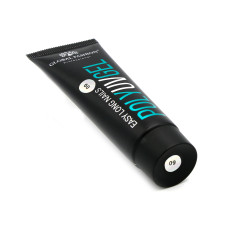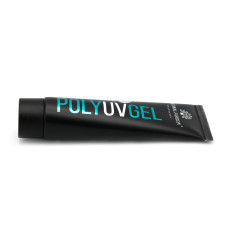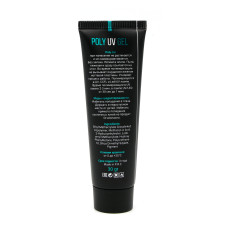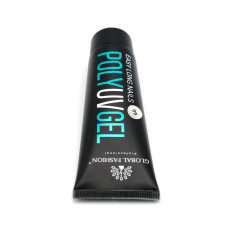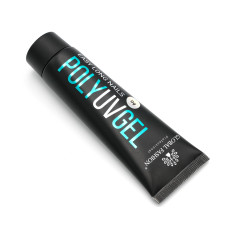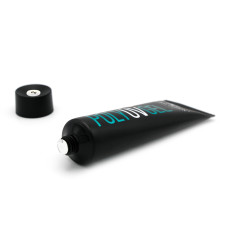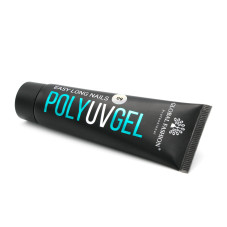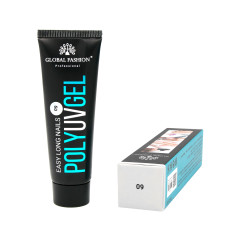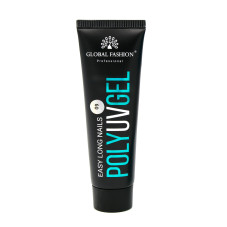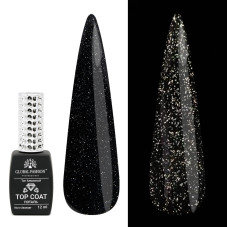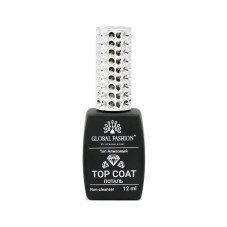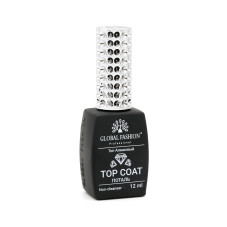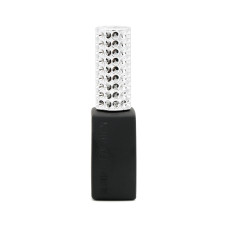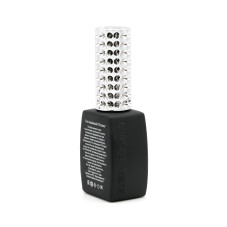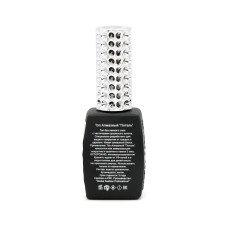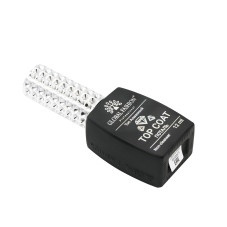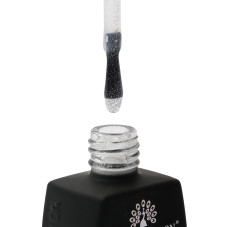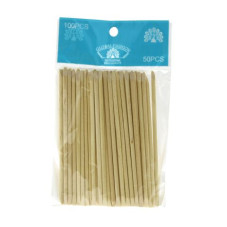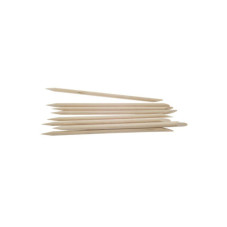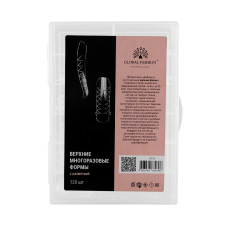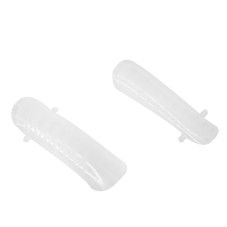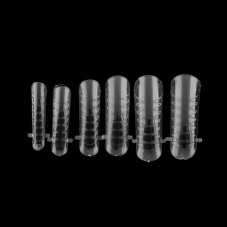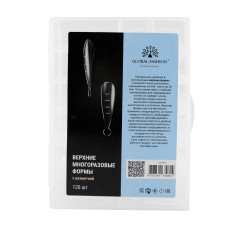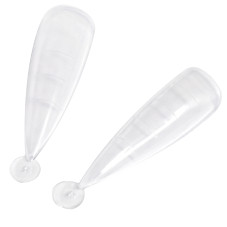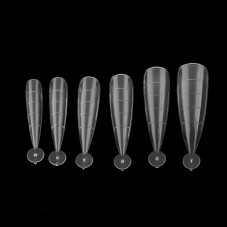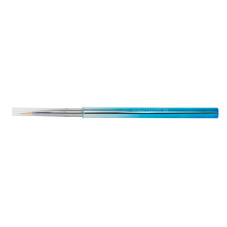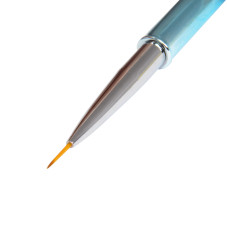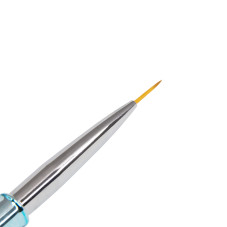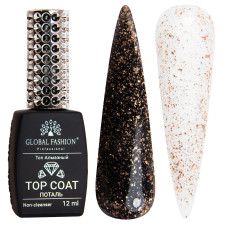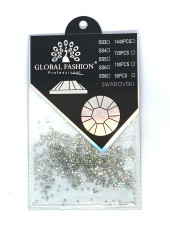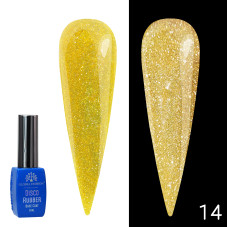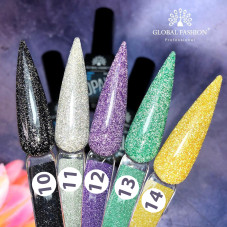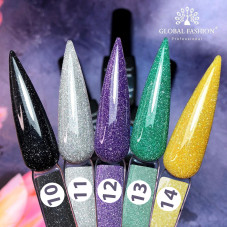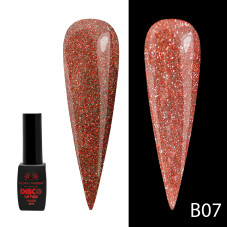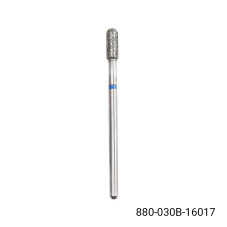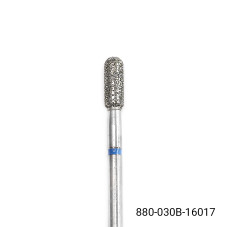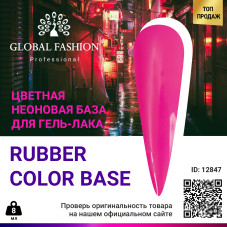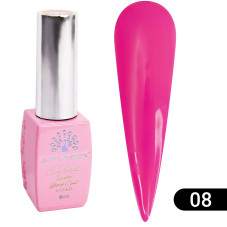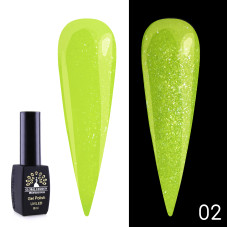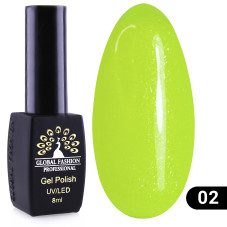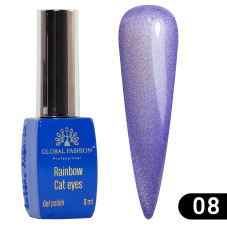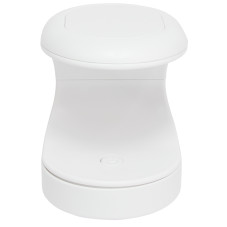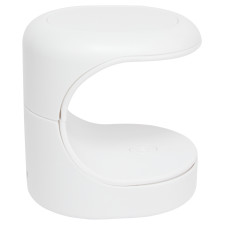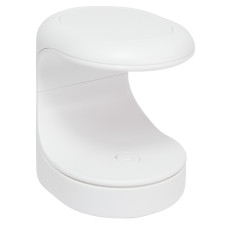Sterilization of tools
Filters

Color
Clear
roll up
Density
Clear
roll up
Effect
Clear
roll up
270 bought
NEW
ID: 6993
Free delivery +
2 200 ₽
258 bought
HOT
ID: 6978
Free delivery +
2 375 ₽
-5%
513 bought
NEW
ID: 13014
230 ₽
44 bought
NEW
ID: 16480
150 ₽
44 bought
HIT
ID: 16481
200 ₽
18 bought
ID: 21746
Free delivery +
3 600 ₽
-20%
16 bought
ID: 21749
Free delivery +
3 600 ₽
-20%
11 bought
NEW
ID: 22952
155 ₽
68 bought
NEW
ID: 18600
Free delivery +
2 200 ₽
5 bought
NEW
ID: 22953
180 ₽
23 bought
NEW
ID: 16482
280 ₽
8 bought
NEW
ID: 22954
240 ₽
16 bought
NEW
ID: 22351
Free delivery +
2 200 ₽
6537 bought
ID: 3678
280 ₽
3287 bought
ID: 3688
500 ₽
2269 bought
ID: 1863
350 ₽
1449 bought
ID: 11773
200 ₽
46 bought
ID: 16579
140 ₽
-15%
38 bought
ID: 15703
213 ₽
-15%
60 bought
ID: 12229
213 ₽
-15%
32 bought
ID: 16017
25,50 ₽
-15%
Whatever a manicurist's profession, sterilising and disinfecting tools is a key element in their work. After all, nothing comes before the health of the client, so ensuring a safe environment is a priority for every professional. Regular disinfection and sterilisation of manicure tools after every client is a prerequisite that affects the master's reputation. As a result, taking care of clients' safety and health is a sign of professional responsibility and competence in their work.
Sterilisation and disinfection are two procedures that differ in that during disinfection instruments are removed from microorganisms by immersion in different disinfectants, while sterilisation is the final and most powerful moment of instrument treatment. It includes extended removal of all kinds of bacteria, fungi, viruses, and other nasties from the surface of the instrument. Note that disinfection without sterilisation is not effective.
Sterilisation is done using a special device called a steriliser.
A steriliser is a device that is designed to deeply clean instruments from harmful microorganisms. It acts on the instruments with heat, steam and pressure, thus completely removing harmful microorganisms from the instruments.
Sterilisation of manicure tools: Steps
Before you start sterilising, treat your hands with an antiseptic!
- Clean with disinfectants. Manicure equipment should be placed in a tray with water and disinfectant diluted in it and then do as described in the instructions. Instruments should be kept in the bath for 15-30 minutes. This procedure gets rid of harmful germs and bacteria, but not enough to get rid of more severe viruses. A more effective method for cleaning manicure and pedicure tools is an ultrasonic wash. This device is several times more effective than disinfectants. It cleans by means of ultrasonic waves. There is an opinion that the ultrasonic cleaner is a sterilizer, but this is wrong - cleaning is not enough, which is why instruments still have to be treated thermally after disinfection by ultrasound.
- Cleaning the instruments before sterilization. Once the instruments have been disinfected in the medium, they must be cleaned of contamination. Under no circumstances should the first step be interchanged with the second step. When cleaning tools that have not been disinfected, bacteria enter the air, are inhaled and settle on the hands of the craftsman. Therefore, the order of the steps must be observed. To clean the instruments well, each instrument should be washed under running water with soap and water and a stiff brush can also be used. The tools should then be dried well.
- Sterilise the instruments directly in the sterilisers. This step is the last one. Sterilisation fully eliminates all germs (such as fungi, viruses, etc.) still remaining on the instruments after disinfection. Manicure and pedicure equipment is sterilised in special devices: quartz, steam, ultrasonic, ultraviolet and dry-heat sterilisers.
- Storage of instruments: after sterilisation, the instruments should be packed in airtight bags to keep them clean until the next use. If the items have been sterilised in Kraft bags, there is no need to re-pack them as these bags keep the instruments sterile well.
Instrument storage options:
- Kraft bags are the ideal solution for sterilising various instruments thanks to their versatile sizes. They are very easy to use and convenient for any type of sterilisation. The indicator on each bag makes it easy to tell when the procedure is complete. They are also able to change colour in the dryer, which signals the end of the sterilisation process. Kraft paper bags are disposable and require no further processing. They keep the instruments sterile for up to 3 days. After use, they should be disposed of. The Kraft Bags are opened in front of the client, thus ensuring maximum safety and guaranteeing the sterility of the instruments. With Kraft bags you can be sure of the safety of your customers and yourself.
- Pouches that are sealed by heat welding. The instruments in these bags remain sterile for up to 20 days.
- Pouches that close with a resealable valve. The instruments in these bags remain sterile for 21-60 days.
- UV sterilizer with germicidal lamps. This device is used for disinfecting and storing cleaned instruments.
What kind of sterilisers for manicure tools are there?
- A quartz steriliser is a small device that allows you to sterilise metal tools used in pedicures and manicures quickly and safely. It is a sealed container in which the instruments are placed together with glasperlene balls or quartz sand. The temperature inside the steriliser quickly reaches 200-250 degrees Celsius, which ensures high sterilisation efficiency within 15 minutes. Quartz sterilisers are ideal for use at home, which is especially useful for craftsmen who work remotely. With a quartz steriliser, you can be sure your tools are safe and protected from various infections.
Pros:
- Compact (easy to store anywhere);
- Very quick sterilisation process (due to high heating rate);
- Can be used for home and salon purposes;
- Longer-term use;
- Acceptable price;
Cons:
Keeping the tool in the steriliser at a higher temperature than necessary will cause the cutting part of the tool to become dull and will eventually require sharpening.
- The steam steriliser (autoclave) is a device in which the instruments are treated with hot steam under pressure. The sterilisation process is controlled by a built-in microprocessor, which prevents the instruments from overheating. The operating temperature of the autoclave is 135°C. Hot steam sterilisation is suitable for silicone and glass accessories, which are not susceptible to shattering.
Pros:
- Minimum procedure time, 15-30 minutes;
- Process control;
- Vacuum drying;
Cons:
- Risk of damage to instruments that are sensitive to humidity;
- Expensive;
Thermo-steriliser (drying cabinet or "dry-heat"). This device sterilises instruments with hot air. Many manicurists opt for this appliance because the instruments can be placed there without anti-corrosion coating.
Depending on the steriliser model, the instruments can be placed in the dry-heat chamber with or without Kraft bags. The drycooler is considered the most effective device for destroying viruses and pathogens. It does not damage metal objects and can be used to decontaminate any heat-resistant accessories.
Pros:
- Easy maintenance;
- Versatility;
Cons: Long procedure time, 1.5 to 2 hours.
- Ultraviolet sterilizer. The instruments are sterilised with UV lamps in this unit. The UV light kills germs and bacteria and ensures good hygiene. The UV light prolongs the sterile effect achieved. Whereas the Kraft pouches remain sterile for 3 days, the UV chamber keeps the instruments sterile for up to 30 days. The UV steriliser does not completely disinfect the instruments, nor can it resist the spread of HIV and hepatitis. It is therefore only suitable for instruments that cannot be exposed to high temperatures. Its exposure time: 40 minutes.
Advantages:
- The sterilizer is mainly used as a temporary storage device for instruments that are already sterile;
- Good for rust-free instruments;
- Reasonable price;
Disadvantages: Does not heat up to extremely high temperatures.
- Ultrasonic sterilizer. This type of device works on the basis of a special solution which vibrates under the influence of ultrasonic waves. Sterilizers of this type are considered safe and very effective for cleaning and disinfecting instruments. The quality of the sterilisation process depends on the selected solution.
Pros: There is no need to clean the instruments in advance.
Cons: High-quality disinfectant must be used, which is quite expensive.
- Glasperlene ball steriliser. This device is used for the quick disinfection of manicure and pedicure instruments right before the procedures. The sterilisation is done by high-temperature treatment. The metal sides of the manicure instruments are dipped for 20-30 seconds into small balls, preheated to 160-180 °C.
The high temperature destroys pathogens and makes the instruments safe for use. At the same time they are not blunted, as the high temperature exposure is short-lived.
Glasperlene sterilisers are widely used in beauty salons and in the home. They are suitable for disinfecting scissors, tweezers, wire cutters and other small instruments. Only the working part of the instrument is dipped into the heated balls, whilst the handles remain outside and are not sterilised.
Where can I buy Global Fashion manicure tool sterilisers in Russia or Moscow?
Our customers will be delighted by the wide range of manicure tool sterilisers from the leading manufacturer Global Fashion. All products are available at a reasonable price, while guaranteeing high quality and reliability.
There are various models of sterilisers in the catalogue of our online shop: dry and quartz cabinets, steam, ultrasonic and ultraviolet. Choose the option that suits you best and take care of the safety of your customers as well as the safety of your instruments.
Sterilization of tools is an essential step in the nail extension process. It is important to maintain a clean and sterile environment to prevent the spread of infections and diseases. There are several different ways to sterilize tools, including heat sterilization, chemical sterilization, and UV sterilization. Heat sterilization involves using high temperatures to kill off any bacteria or viruses on the tools. This can be done using an autoclave or boiling water. Chemical sterilization involves using specific chemicals, such as hydrogen peroxide and bleach, to kill off any microorganisms. UV sterilization uses ultraviolet rays to kill off any bacteria or viruses on the tools. It is important to follow the correct sterilization procedures to ensure that the tools are completely clean and sterile. Before sterilizing the tools, they should be cleaned thoroughly to remove any dirt or debris. This can be done using soap and water, or a specific cleaning solution designed for nail tools. Once the tools have been cleaned, they should be placed in the sterilization device and the appropriate sterilization process should be used. It is important to make sure that the tools are completely covered and immersed in the sterilizing solution to ensure complete sterilization. After the tools have been sterilized, they should be kept in a clean, dry environment until they are ready to be used. It is also essential to make sure that the tools are stored properly to prevent any contamination. Regular sterilization of tools is necessary to prevent the spread of infections and diseases. It is important to follow the correct sterilization procedures to ensure that the tools are completely clean and sterile. By taking the time to properly sterilize your tools, you can ensure a safe and healthy nail extension process for you and your clients.

